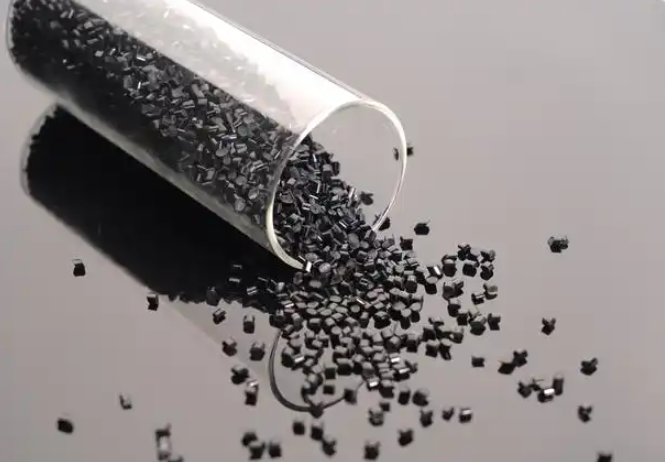Density: Mass per unit volume of a substance, calculated as mass - to - volume ratio. Units are Mg/m3, kg/m3, or g/cm3.
Relative Density: Ratio of a substance's density to that of a reference (usually distilled water) under specific conditions. It's dimensionless, denoted as Dt1/t2 or t1/t2.

The temperature at which a substance's liquid and solid states are in equilibrium under its vapor pressure. As temperature rises, the ordered atomic arrangement in a solid becomes disordered, forming a liquid; the reverse is solidification. The temperature for liquid - to - solid transition is the freezing point, identical in value to the melting point but with heat release (freezing) versus absorption (melting).
Temperature interval from the start to the completion of a substance's melting, measured by the capillary method.
The temperature at which a liquid transitions from a liquid to a solid state during cooling.
For liquid petroleum products, it's the temperature at which the sample stops flowing during cooling under standard conditions, representing the lowest pour - able temperature.
The temperature at which a liquid boils and turns into a gas upon heating, equivalent to the temperature at which the liquid and its vapor are in equilibrium. Lower boiling points generally imply higher volatility.
Under standard conditions (1013.25 hPa, 0°C), it's the volume of distillate within the temperature range defined by the product standard.
The process where a solid (crystalline) substance directly transforms into a gas without going through the liquid phase. Examples include ice, iodine, etc., which can sublime at various temperatures.
The speed of the gasification process occurring on a liquid's surface, also called the volatilization rate. Usually estimated by the solvent's boiling point. Primarily determined by the solvent's vapor pressure at that temperature, with the solvent's molecular weight being a secondary factor.
Short for saturated vapor pressure. At a given temperature, when a liquid and its vapor are in equilibrium, the resulting pressure, determined solely by the liquid's nature and the temperature, is the liquid's saturated vapor pressure at that temperature.
A constant - boiling mixture formed by two or more liquids. In an equilibrium state, the composition of the vapor phase and the liquid phase in this mixture is identical. The corresponding temperature is the azeotropic temperature or azeotropic point.
A physical quantity representing the ratio of light speeds in two different (isotropic) media. When light moves from one transparent medium to another with a different density, its speed changes, causing a change in direction (refraction). The refractive index is the ratio of the sine of the angle of incidence to the sine of the angle of refraction or the ratio of the speed of light in a vacuum to that in a medium. Commonly, n represents the refractive index when light enters a medium from air. Usually measured using sodium yellow light (D - line) at t°C, denoted as ntD; if measured at 20°C, it's n20D.
Also known as the flash - ignition point, it's an indicator of a flammable liquid's properties. It's the lowest temperature at which the vapor on the surface of a flammable liquid, when mixed with air, flashes when in contact with a flame. The flash is usually a short - lived, pale - blue spark. There are open - cup and closed - cup methods for measurement, with the former for high - flash - point liquids and the latter for low - flash - point liquids.
Also called the fire point, another property indicator for flammable liquids. It's the lowest temperature at which the vapor of a flammable liquid, when mixed with air, can catch fire and continue to burn upon contact with a flame. For flammable liquids, the ignition point is 1 - 5°C higher than the flash point. The lower the flash point, the smaller the difference between the two.
The lowest temperature at which a flammable substance can catch fire without contact with an open flame. The lower this temperature, the higher the fire risk. The spontaneous ignition point of the same substance varies with factors like pressure, concentration, heat dissipation, and the testing method.
When a flammable gas, the vapor of a flammable liquid, or the dust of a flammable solid mixes with air or oxygen within a certain temperature and pressure range and reaches a specific concentration range, it will explode upon encountering a fire source. This concentration range is the explosive or combustion limit. If the mixture composition is outside this range, it won't ignite even with significant energy input. The lowest concentration in the range is the lower explosive limit, and the highest is the upper explosive limit. Usually, for vapors, it's expressed as %(vol) in the mixture; for dust, it's in mg/m3. If the concentration is below the lower limit, there's not enough fuel; if above the upper limit, there's insufficient oxygen for combustion. Flammable solvents all have an explosive range, and a wider range means greater danger.
The internal frictional resistance during the flow of a fluid (liquid or gas), determined by factors such as substance type, temperature, and concentration. Generally referring to dynamic viscosity, with units of Pa·s or mPa·s.


